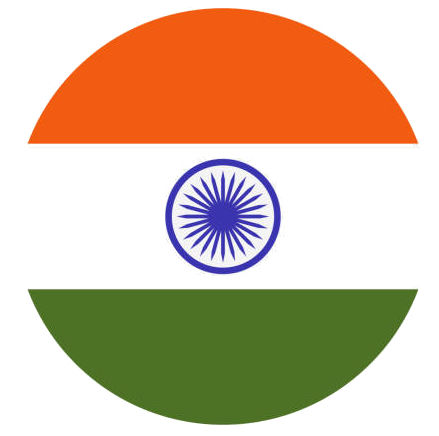TLD refers to the Level Domain. This domain is the segment of the domain that appears after the last dot. For example .com, .org, .net. To make it clear that .g .com in website.com is a TLD. Â
TLDs are considered the highest hierarchy of Domain Name System (DNS). The factor for categorizing the website is based on its function, location, and organization type.Â
Types of TLDs
- The most commonly used TLD is Generic top-level domains open to anyone (com, org, net).
- These are used for the country-specific Domain Names (ccTLDs) are country-specific codes, such as .uk, for the United Kingdom.
- For marketing purposes Sponsored Top-Level Domains (gTLDs) are registered domains that were sponsored for specific groups or organization categories like .edu and .gov.
- These Domain names indicate what type of web service they provide.
Are TLDs Important for SEO?
- Country-code TLDs (ccTLDs) help search engines identify the location of a business’s target audience.
- A website having a TDL with a bad reputation may damage the trustworthiness of the website.Â
- The reputation of TLDs of the website matters but keywords in TLDs do not matter for search engine rankings for a website.
Best Practices for Choosing a TLD
- Choose either .com, .org, or .net since they are reliable and well-known.
- Use ccTLDs to Target a Country and the audience – Using a ccTLD tells search engines that your site is region-specific and can be beneficial.
- Be Careful with Unusual TLDs—Some gTLDs are similar to ccTLDs and may have unintended SEO impacts (e.g., .io for tech startups).
FAQs
What are the most used TLDs currently?Â
Many people use .com, .org, .net, .ru, .in most often.
What is the TLD of a domain?
 A domain name is your complete web address. A TLD is the final part of your domain e.g. .com
The TLD you choose can affect your branding and SEO.








